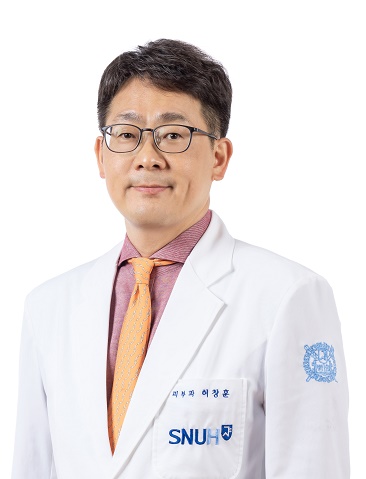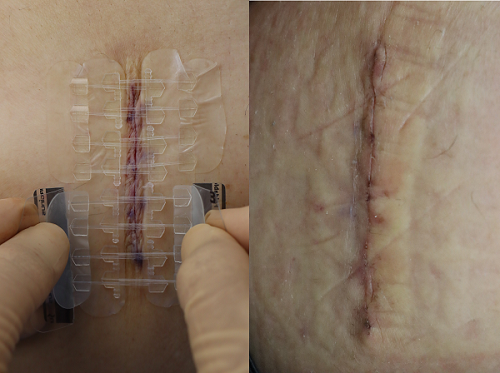Introduction of 'Medical suture retainers' such as cable ties
Possibility to reduce suturing time and scarring after the simple surgery

The word 'needlework for pay' always makes my heart ache every time I hear it. It is considered a representative word that melts mothers' years of self-sacrifice and hard work. I think that the dexterity of Koreans, recognized in the world, can be attributed to inheriting the sewing skills of our mothers.
Even in the medical field, the history of needlework is quite long. Ancient Egyptian records of 3000 BC demonstrated that sutures were suggested after injury, and Greek surgeon Galen of Pergamon in 1600 BC sutured gladiators' wounds with sterile surgical threads such as silk.
Sir Joseph Lister, a British surgeon in the 1860s, introduced modern skin sutures when he began aseptic surgery.
The world's first commercial sterile suture was launched in the United States in 1887. The most representative surgical suture marketed at this time is 'catgut.'. The word literally means the threads from a cat's intestines. Still, it is a word coined by combining the string instrument 'Kit' and the intestines 'gut.' The suture was actually made by sterilizing the intestines of sheep or horses, not cats.
When suturing the skin after surgery, two suturing procedures are performed to maintain proper tension so that the wound does not open: 'dermal sutures (burial sutures)' with absorbable sutures that dissolve in the human body and 'skin sutures' with non-absorbable threads.
Absorbable sutures have the property of being melted away in the body, but tissue reactions that occur during the melting process might generate the ugly shape of the wound. Thus, these sutures are recommended for dermal sutures in the tied area inside the skin rather than the externally exposed skin sutures. After surgery, the stitches pulled back in the hospital are non-absorbable, non-absorbable sutures.

As a surgeon, I always worry about shortening the suturing time as much as possible and removing the incision stitched scars made with non-absorbable skin sutures. The ugly wound stitches are caused by tying the thread for a long time. The thread must be pulled out as early as possible to minimize the scars. But when you close the wounds too early, the damage will open again, so it is always a dilemma to decide when to pull the thread off.
In particular, surgery on internal organs, like general surgery, only makes an incision in the skin and rarely removes the skin itself. However, many surgeries in dermatology, such as skin cancer, remove the skin itself and pull the surrounding skin to suture it. So the tension the skin receives is not critical. For this reason, I am always considering the most appropriate time for thread removal after surgery to minimize the suture scars.
Many attempts have been made to remove the unattractive scars. In 1998, a liquid adhesive for skin suturing was released and used. But, since the adhesion to hold the skin was insufficient, the effect on the skin varies for each product characteristic, it is not being used much.
However, various 'medical suture retainers (A38040.01, Grade 1)' such as the recently released cable tie type or double tape type can maintain sufficient tension in simple skin surgery. These retainers for skin sutures after dermal sutures can shorten the time required for suturing and reduce train-shaped scars.
Although it is challenging to utilize for surgery to suture complex shapes, the use will increase in the future for simple straight-shaped surgical wounds.
Written by ChangHoon Huh, Professor of Dermatology at Seoul National University Bundang HospitalㅣReported by JungSun HanㅣTranslated by Jini Jung


